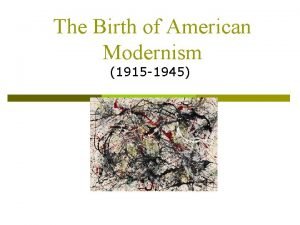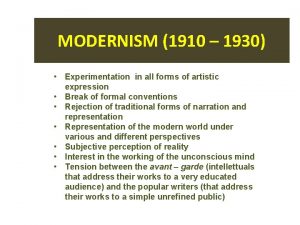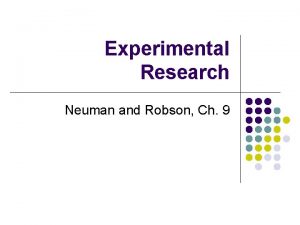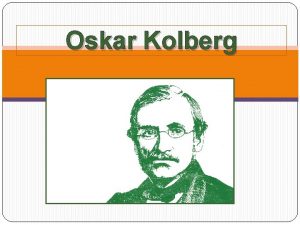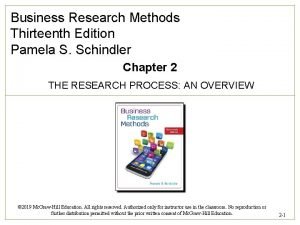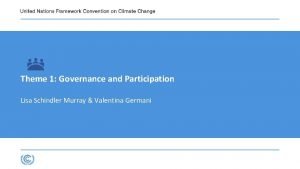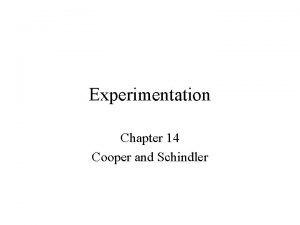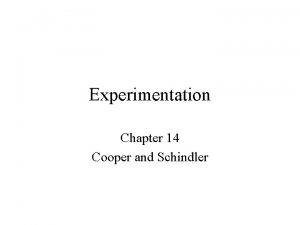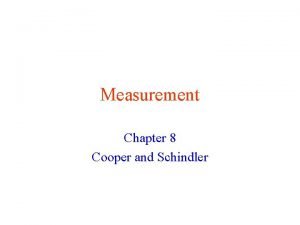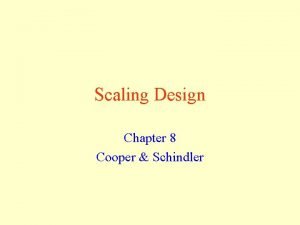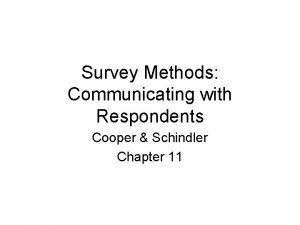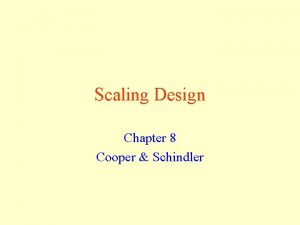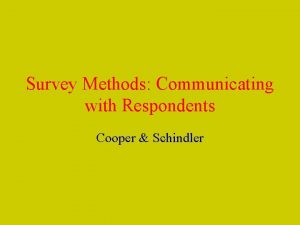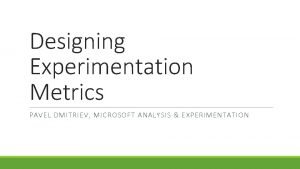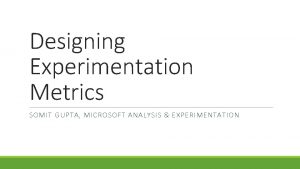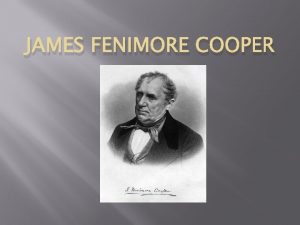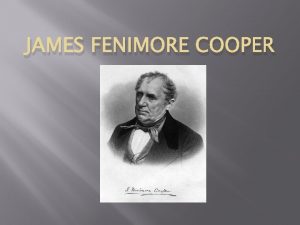Experimentation Chapter 14 Cooper and Schindler What is





















- Slides: 21

Experimentation Chapter 14 Cooper and Schindler

What is Experimentation? • Causal method • Allow the researcher to alter systematically the variables of interest and observe what changes follow • Experiments are studies involving intervention by the researcher beyond that requires for measurement • The researcher manipulates the independent variable or explanatory variable and then observes whether the hypothesized dependent variable is affected by the intervention

Advantages • The researcher’s ability to manipulate the independent variable • Contamination from extraneous variables can be controlled more effectively than in other design • The convenience and cost of experimentation are superior to other methods • Assemble combinations of variables for testing

Disadvantages • The artificiality of the laboratory • Generalization from nonprobability samples can pose problems despite random assignment • Many applications of experimentation far outrun the budgets • Experimentation is most effectively targeted at problems of the present or immediate future • Ethical problems

Conducting An Experiment • • • Select relevant variables Specify the level(s) of the treatment Control the experimental environment Select and assign the subjects Pilot-test, revise, and test Analyze the data

Selecting Relevant Variables • Translate an amorphous problem into the question or hypothesis that best states the objectives of the research • Investigative questions and additional hypotheses can be created to address specific facets of the study or data that need to be gathered

Specifying the Levels of Treatment • The treatment levels of the independent variable are the distinctions the researcher makes between different aspects of the treatment condition • A control group could provide a base level for comparison • Experimental group

Ways to Assign Subjects • Random Assignment • Matching Assignment – Quota matrix

Controlling the Experimental Environment • The need for control – Extraneous variables have potential for distorting the effect of the treatment on the dependent variable and must be controlled or eliminated • Environmental control – Holding constant the physical environment of the experiment • Blind – Subjects do not know they are receiving the experimental treatment • Double blind – The experimenters do not know they are giving the treatment to the experimental group or to the control

Choosing the Experimental Design • Preexperimental designs • True experimental designs • Field experiments

Preexperimental Designs • One-shot case study • One-group pretest-posttest design • Static group comparison

True Experimental Designs • Pretest-posttest control group design • Posttest-only control group design

Operational Extensions of True Designs • • • Completely randomized designs Randomized block design Latin square Factorial design Covariance analysis

Field Experiments: Quasi- or Semi-Experiments • Non Equivalent Control Group Design • Separate Sample Pretest-Posttest Design • Group Time Series Design

Selecting and Assigning Subjects • The subjects selected for the experiment should be representative of the population • Random assignment to the groups is required to make the groups as comparable as possible with respect to the dependent variable • When it is not possible to randomly assign subjects to groups, matching may be used • Some authorities suggest a quota matrix

Pilot Testing, Revising, and Testing

Analyzing the Data

Validity in Experimentation • Internal validity – Do the conclusions we draw about a demonstrated experimental relationship truly imply cause? • External validity – Does an observed causal relationship generalize across persons, settings, and times?

Threats to Internal Validity • • History Maturation Testing Instrumentation Selection Statistical Regression Experiment mortality

External Validity • The reactivity of testing on X • Interaction of selection and X • Other reactive factors

Experimental Research Design • Preexperimental designs – One-shot case study – One-group Pretest-posttest design – Static group comparison • True experimental design – Pretest-posttest control group design – posttest-only control group design • Extensions of true experimental designs – – Completely randomized design Randomized block design Latin square design Factorial design
 Research problem
Research problem American modernist novels
American modernist novels Experimentation in modernism
Experimentation in modernism Active experimentation
Active experimentation Exploratory sae
Exploratory sae Experimentation in modernism
Experimentation in modernism R x o research design
R x o research design Field experimentation
Field experimentation Nuremberg code
Nuremberg code Traditional poetry vs modern poetry
Traditional poetry vs modern poetry Itshak stern
Itshak stern Schindler's list characters
Schindler's list characters Kolberg lub schindler
Kolberg lub schindler Oskar schindler funeral
Oskar schindler funeral Kolberg lub schindler
Kolberg lub schindler Kolberg lub schindler
Kolberg lub schindler Nora schindler
Nora schindler Pamela schindler
Pamela schindler Oskar schindler referat
Oskar schindler referat Schindler's list scheda didattica
Schindler's list scheda didattica Amon göth
Amon göth Lisa schindler murray
Lisa schindler murray

